12 Companies that are developing flying cars?: Some of the most brilliant engineers on the planet are racing to make science fiction-Esque flying cars a reality. None of them are yet ready to fly you over Manhattan, but the most promising companies say they’re getting very close.
While we patiently wait to take our first car flight, let’s have a look at the firms that are hustling to get our cars in the sky.
1. AeroMobil’s prototype
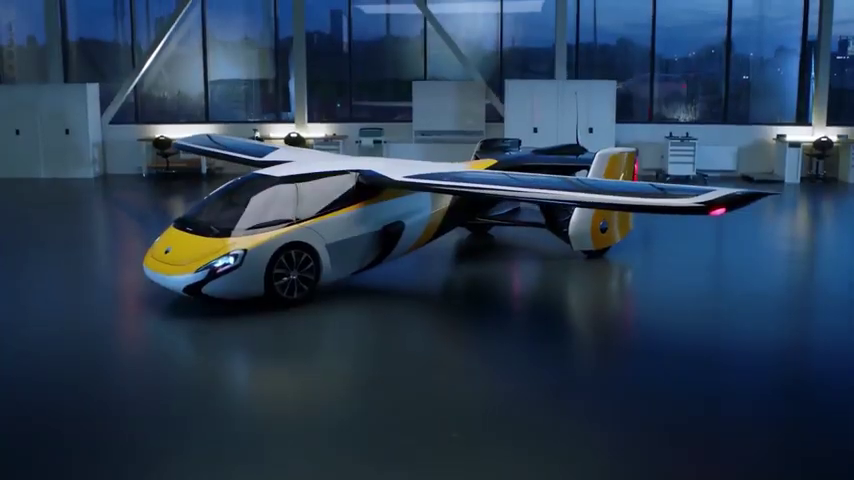
Slovakia-based Aeromobil is dedicated to delivering a working flying car that will likely be “a supercar with superpowers”. It’s on its fourth model, so you know for sure they’re not scamming us here.
The firm has a lot of concept art on hand to present the car in its final form. This is one of the most iconic hybrid models in the works. Unlike true VTOL, hybrid flying cars are expected to fly like an aircraft, but can also morph into a car-like vehicle for driving on the road.
This system calls for a very efficient drivetrain with retractable wheels and wings. Aeromobil is investing time and money into building an electric powertrain. It combined prominently with organizations such as Starburst, and aerospace accelerator, to help it reach its goals.
2. Airbus Vahana

Project Vahana, from Airbus, attempts to build an electric VTOL aircraft that is completely self-piloted. There are several advantages to the self-piloting design.
It can save expenses when it comes to employing and training pilots, and software engineers now have plenty of expertise in building autopilot systems for bigger planes that can be applied to these VTOLs.
It’s also an excellent way to run a taxi service since the carriers automatically return to hubs for maintenance or take a separate route based on current orders. In early 2018, the Vahana model had its first victorious full-scale flight test.
It wasn’t much — the 20-foot aircraft merely rose 16 feet into the air and lingered there for 53 seconds. However, it did this completely with autopilot technology. Airbus has traveled about 50 test flights ever since, and it said it was on track for a 2020 debut, but its programs might have improved — we’re still expecting an update on this project.
3. Kitty Hawk’s flying prototype

We were looking ahead to Kitty Hawk’s Flyer, and CEO Sebastian Thrun announced it was “as easy to use as playing Minecraft,” but the design was dropped in June 2020 because the corporation learned what it demanded from it.
The company is currently concentrating on a larger, winged aircraft called Heaviside with a 100-mile range and a 180mph top speed. It will be able to fly over cities, but there are no details when we’ll see it in action.
4. Volocopter 2X
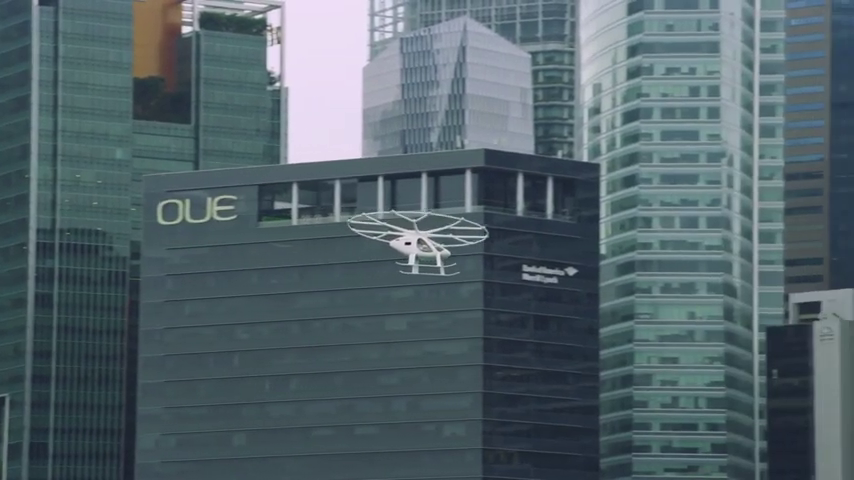
The Volocopter 2X’s design is grand, and it looks remarkably refreshing. Developed in Germany, it highlights 18 battery-powered rotors managed via a single joystick. We’d say that the entire thing isn’t very realistic, but the firm made a full-sized test prototype and ran it over the stage at CES 2018, thanks to a tiny sponsorship by Intel.
The 2X can accommodate two passengers. It has a flying time of 30 minutes and a reach of 17 miles between charge centers.
Intel’s work on the design includes complex tech, such as four autonomous sensor units to manage positioning, nine distinct electric battery packs with built-in redundancies, and even a parachute placed on the roof of the vehicle in case something goes faulty.
It’s no surprise Volocopter is Dubai’s newest pick for its future air taxi fleet. Volocopter revealed the 2X by taking it on two-minute aviation above Singapore in 2019.
5. Moog SureFly

The SureFly is a sturdy VTOL directed at economic operators and customers looking for an enduring, self-controlled fight experience. It was developed by Workhorse, but the corporation sold its aviation wing to Moog for $4 million back in 2019, after multimillion-dollar losses.
Digital Trends recognizes that SureFly’s development resumes. The air carrier has eight propellers and a highest speed of 75mph. Unlike other VTOLs, it runs on gasoline, and a battery pack will grant an extra 10 minutes of flying course if required.
The initial variant will be able to accommodate about 400 pounds of cargo, although a major heavy-duty version competent of carrying up to 650 pounds is presently in development. Both of which have caught the American military’s attention.
The SureFly needs to be simple to run. Just two handles are in the aircraft: A joystick to regulate the direction and a throttle controller on the pilot’s door.
6. Opener BlackFly

Originating from Canadian firm Opener, the BlackFly is a unique VTOL that fuses personal piloting with a means of automatic features, including auto-landing and automatic return home functions, thus allowing flight without the requirement for formal licensing.
Regardless of the design, BlackFly operates via a familiar method. Eight drone-like rotors are positioned across two wings. Taking off, however, is a bit more distinctive, as the VTOL is created to swing back and forth to pick up momentum to launch upward.
Specs allow for a lengthy 40-mile reach at 72mph, although regulations restrict those numbers considerably for those who want to fly their personal aerial vehicles.
7. Terrafugia Transition
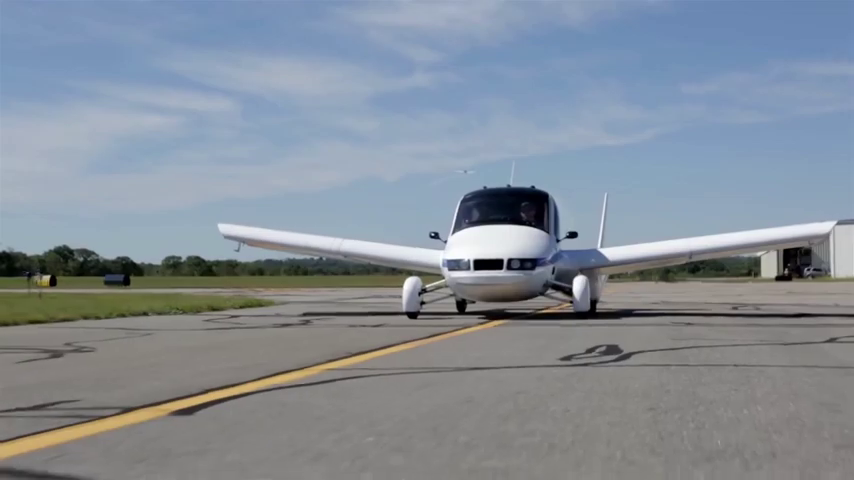
With foldup wings and wheels, the Transition is another hybrid prototype designed to be both at home on the ground and in the air. That’s not the only means that the Transition is an authentic hybrid model.
It’s fueled by a gasoline-electric hybrid drivetrain that has a boost mode for an additional burst of speed when traveling. In the yore, the Transition was supposed to sell at $280,000. But these days, the firm is avoiding providing a list price.
It seems a little bit like a pipe dream, but remember that Terrafugia is under the ownership of Geely, a Chinese corporation whose expanding portfolio of brands includes Volvo, Lotus, Polestar, and many other reputed names.
8. Ehang 184
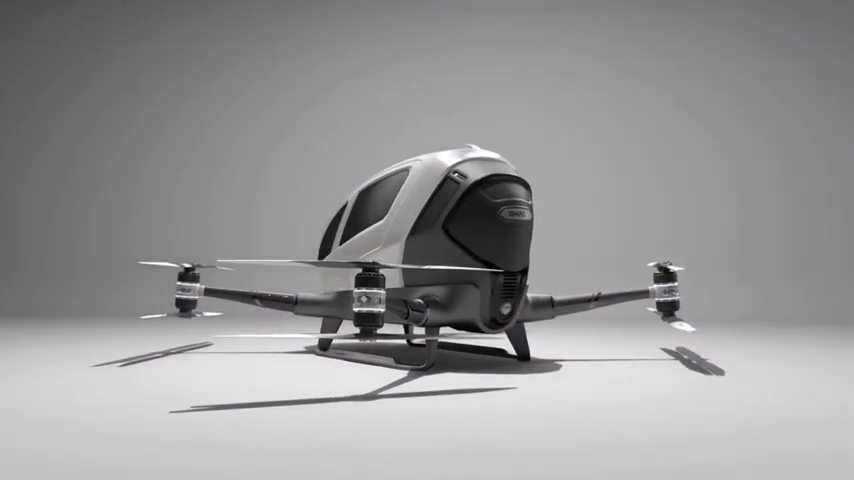
When the Ehang 184 was first bestowed up at CES, it appeared pretty absurd — a personal quadcopter VTOL that was completely automated, entirely safe, comfortable, and fueled via a basic touchscreen network that anyone can handle.
Honestly, it all appeared like so much vaporware with plenty of claims that couldn’t be validated. These days, Ehang is still producing some pretty absurd claims.
For example, it’s difficult to believe the corporation has tested its design more than a thousand times in all types of circumstances. However, other details give us the motivation to believe that some variant of the Ehang 184 will go into operation.
Ehang has particularized that each taxi will have a command station that will automatically ground the flying car in odd weather circumstances and that the prototypes are primarily designed to travel in basic U-shapes from one port to another, which seems much more in line with what other models are competent of.
9. Joby Aviation air taxi
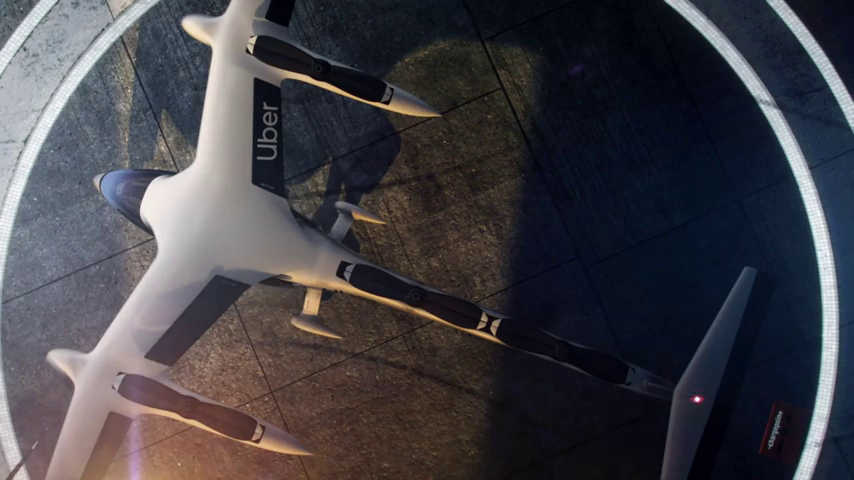
After spending years sweating on a personal aircraft, Joby Aviation lately received a heavy cash infusion from the likes of Toyota and Intel that grants $100 million to produce an electric air taxi.
In December 2020, Joby declared it’s obtaining Uber Elevate, the ride-sharing firm’s flying taxi system. Joby’s VTOL aircraft has a range of 150 miles and a prime speed of 200 mph. Six electric motors energize the flying machine, which can accommodate up to five people.
10. Jaunt Aviation’s helicopter-airplane hybrid
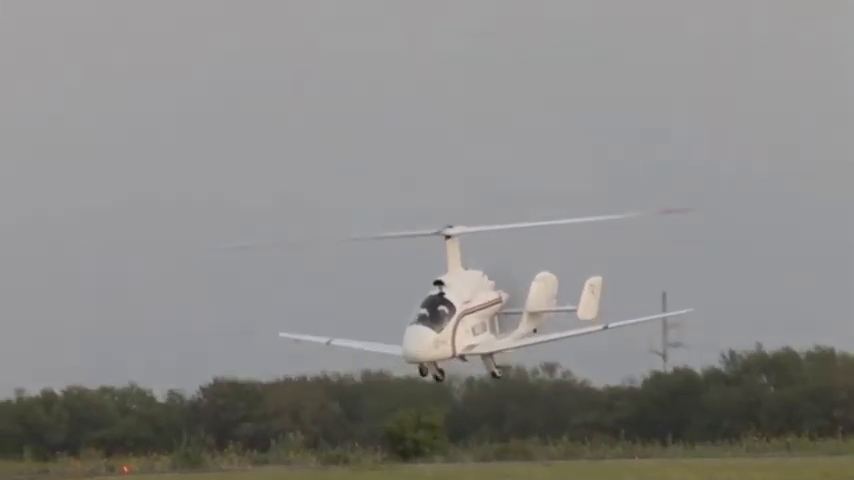
Newbie Jaunt Aviation coupled up with the Triumph Group to manufacture a flying taxi that resembles a crossbreed between a helicopter and a plane. The organization plans to discuss one of the major concerns associated with helicopters: Noise.
Utilizing proprietary technology, the aircraft decreases the speed of its main rotor while flying to remain comparatively muted. Jaunt may not be a house name, but it’s one we’re following. It has formed partnerships with some of the most prominent companies in the industry.
Aviation Today published that Honeywell will implement navigation software, flight control technology, and an electric propulsion system, amongst other pieces of the puzzle.
11. Porsche-Boeing flying taxi
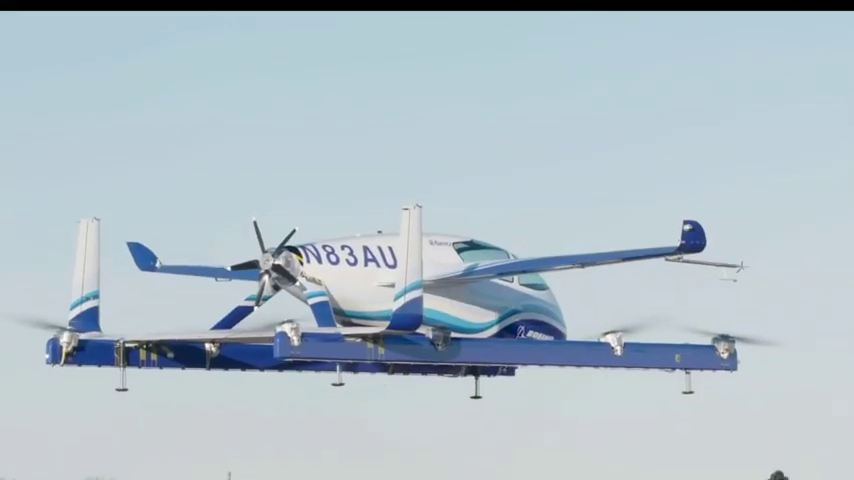
Porsche and Boeing are associated to examine whether there’s a business for flying taxis. The allies have their work cut out — they first need to decide out what luxury looks like in this flourishing sector and then discover how to deliver it effectively.
International teams of engineers from both organizations have begun fine-tuning an idea previewed by a design of a smooth winged carrier with a wrap-around windshield.
The design is still in the budding stage, so the ultimate design could very well vary, but the firms believe in a vertical takeoff and landing vehicle that’s entirely electric, fashionable, and innovative. They’re operating on a model that will be tested in 2020.
12. Hyundai

Hyundai built a flying taxi department way back in September 2019. The company hasn’t published an archetype yet, but it hired NASA expert, Dr. Jaiwon Shin, to initiate its entry into the segment.
His expertise in the fields of electrification and advanced air traffic administration could give the South Korean firm an advantage as it tries to jump ahead of rivals.
“The new team at Hyundai will develop core technologies that will establish the company as a driving force in urban air mobility, a sector that is expected to grow into a market worth $1.5 trillion within the next 20 years,” the company recorded in an announcement.
————————-
Thanks for reading till the end. Comment what’s your opinion about this information “12 Companies that are developing flying cars?”.
Also Read:
- Why SpaceX Lands Starship By Propulsion Not By Parachutes?
- What Are Electric Plasma Jet Engines?
- How Elon Musk Learns 10X Faster Than Anyone
- Starlink To Be Globally Available By September?
- Starship SN20 Orbital Launch Countdown: When Will It Finally Fly?
Information Source: Youtube – Insane Tech HD